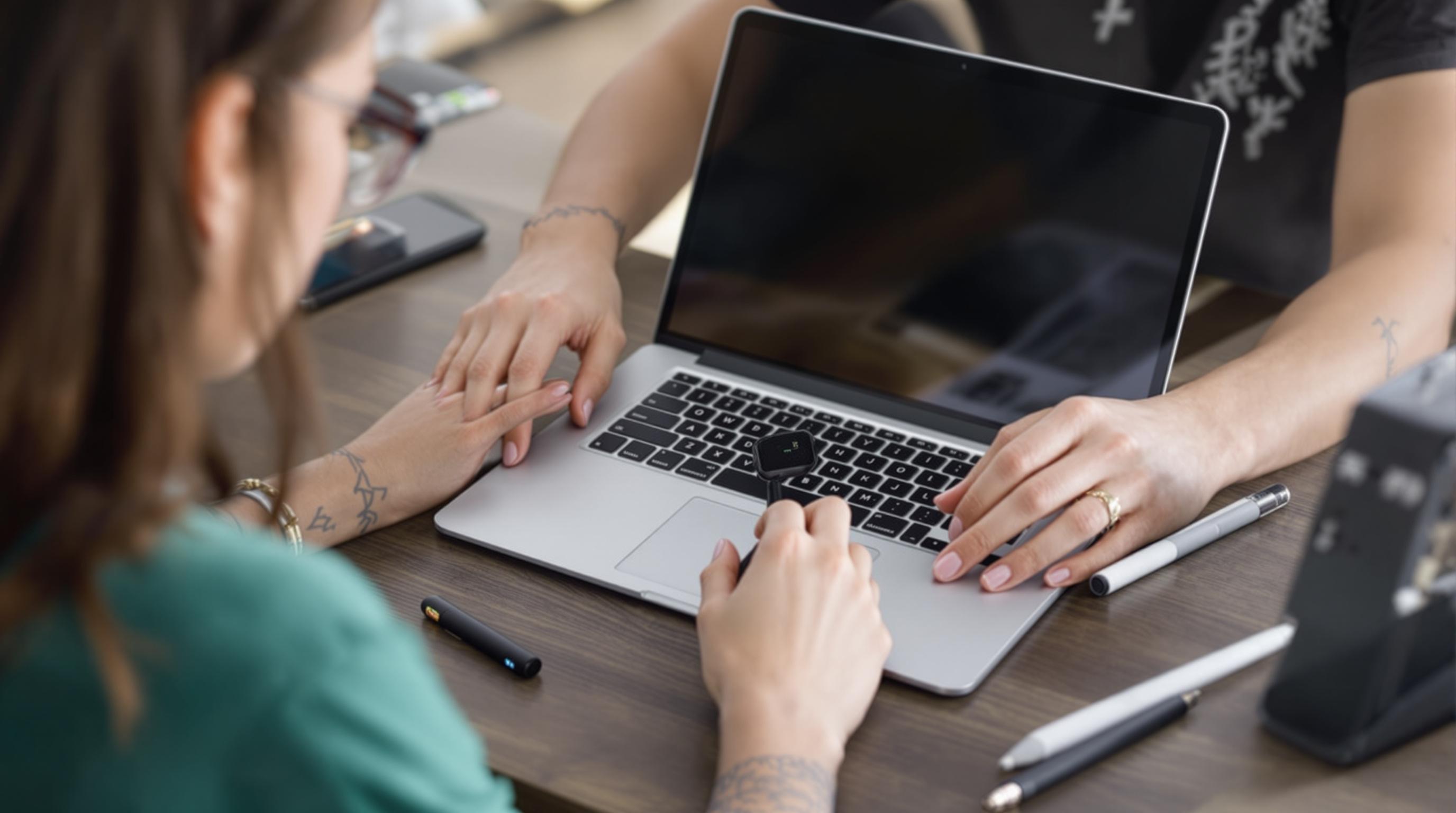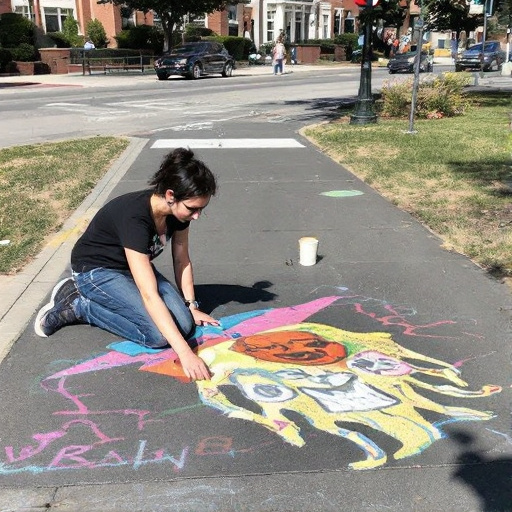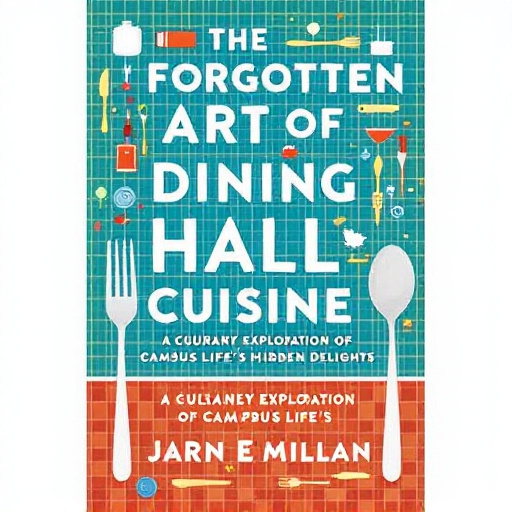Featured Articles
- "Chalk Art and Activism: How Campus Sidewalks Became a Canvas for Expression and Outrage"
- Quiet Quitting: The Unseen Impact of Minimalist Student Engagement on Campus Life Dynamics
- The Forgotten Art of Dining Hall Cuisine: A Culinary Exploration of Campus Life's Hidden Delights
- The Secret Life of Campus Pets: Uncovering the Furry Friends Behind Student Success Stories
- Top 6 Innovative Backpacks for Campus Life Revolutionizing Student Organization and Comfort Since 2019
"Chalk Art and Activism: How Campus Sidewalks Became a Canvas for Expression and Outrage"
"Chalk Art and Activism: How Campus Sidewalks Became a Canvas for Expression and Outrage"
Chalk art on campus sidewalks has emerged as a powerful tool for activism, transforming mundane walkways into vibrant canvases for expression and outrage. This article explores the history, impact, and future of chalk art as a medium for social change, along with personal anecdotes and compelling statistics that demonstrate its effectiveness.
Historical Context: The Rise of Chalk Art
Chalk art has roots tracing back to ancient civilizations, where it served as a medium for depicting stories and conveying messages. Fast forward to contemporary times, and it has evolved into a dynamic form of protest art, particularly on college campuses. According to a study by the National Endowment for the Arts, 80% of college students feel that art can initiate social change.
The Connection Between Art and Activism
The relationship between art and activism is profound. Art has always been a mirror reflecting society's issues, and chalk art provides an accessible way for students to voice their concerns. Anecdotal evidence suggests that universities across the U.S. have seen a surge in chalk art campaigns addressing issues such as climate change, racial injustice, and mental health awareness.
Case Study: The Black Lives Matter Movement
One poignant example of chalk art as activism occurred during the resurgence of the Black Lives Matter movement. During 2020, campuses nationwide witnessed an explosion of chalk murals portraying powerful phrases such as "Black Lives Matter" and "No Justice, No Peace." A survey conducted by the American University Association found that 60% of participating students felt that those expressions influenced their peers’ perspectives on social issues.
How Chalk Art Empowers Marginalized Voices
Chalk boards transform transient spaces into platforms that amplify marginalized voices. A Latina student at UCLA shared her experience stating, "I often feel voiceless in discussions about immigration reforms, but when I chalk my feelings, I feel seen and heard." These ephemeral works encourage dialogue among diverse student bodies, creating a sense of community and solidarity.
A Toolkit for Change: What Do You Need?
Creating impactful chalk art doesn’t require a Degree of Fine Arts. All that’s needed are chalk sticks and an idea. This approach empowers students to express themselves artistically, fostering a grassroots movement where anyone can participate. Whether scribbling a powerful quote or designing an elaborate mural, chalk art remains a creative outlet that invites everyone to contribute.
The Humor in Adversity
While chalk art can be serious and poignant, it can also exhibit humor, especially when addressing social frustrations. For example, one talented group of students at a Midwestern university drew a chalk caricature of their university president with a speech bubble saying, "Can we get a raise, please?" It was a playful yet incisive comment on student labor conditions and administrative decisions. This blend of humor and advocacy often resonates more with campus communities, making important issues more approachable.
Challenges Faced by Chalk Artists
Despite its advantages, chalk art faces several challenges. Many universities have strict policies against chalking outside designated areas, arguing that it creates messes or damages walkways. This has led to a rise in debates regarding free speech and the extent to which universities can regulate forms of expression on campus.
Statistics on Chalk Art's Effectiveness
According to a survey from the University of California, Berkeley, 73% of students reported that they were motivated to learn more about particular issues after seeing effective chalk art on campus. Another study from researchers at Duke University found that 92% of students felt empowered to engage with topics they would typically avoid after viewing thought-provoking visual art in shared spaces.
Designing Future Movements Through Chalk
The potential for chalk art to evolve alongside technological advancements shouldn’t be overlooked. Online platforms such as Instagram and TikTok have played a crucial role in amplifying these messages beyond campus borders. As students share their chalk art online, they create a ripple effect, inspiring similar movements in other cities and campuses.
A Personal Story: The Day I Doodled for Change
On a sunny day back in 2021, I decided to join a group of friends spreading awareness about mental health. We armed ourselves with colorful chalk and headed to the campus quad. As we drew quotes like "It's okay not to be okay" and "Talk about it," passerby students began stopping, reading, and engaging with us. By the end of the day, we had turned a few ordinary sidewalks into a lively discussion on mental well-being, showing us the power of grassroots activism.
Conclusion: The Future is Bright, and Colorful
Chalk art on campus sidewalks will undoubtedly continue to serve as a medium for activism. As a voice for change, it invites storytelling in the most vibrant way possible, bridging gaps and creating inclusive dialogues. In a world increasingly divided, perhaps it is time to embrace this colorful uprising—one sidewalk, one thought-provoking phrase at a time.
In conclusion, may we continue to witness the powerful transformation of chalk into more than just a drawing tool. It can be a medium of creativity, solidarity, and change, bringing us all together in passionate pursuits for a better tomorrow.




